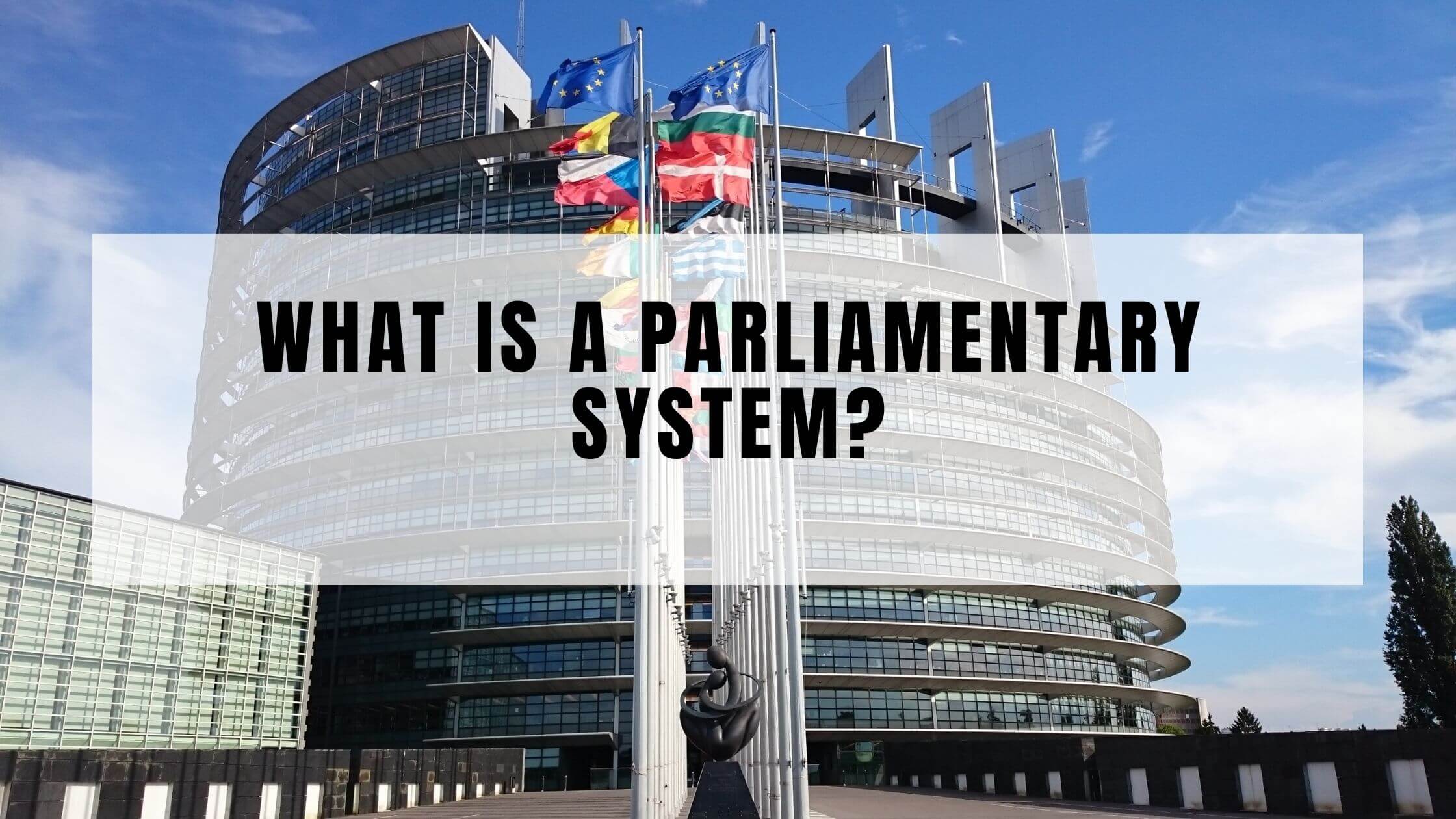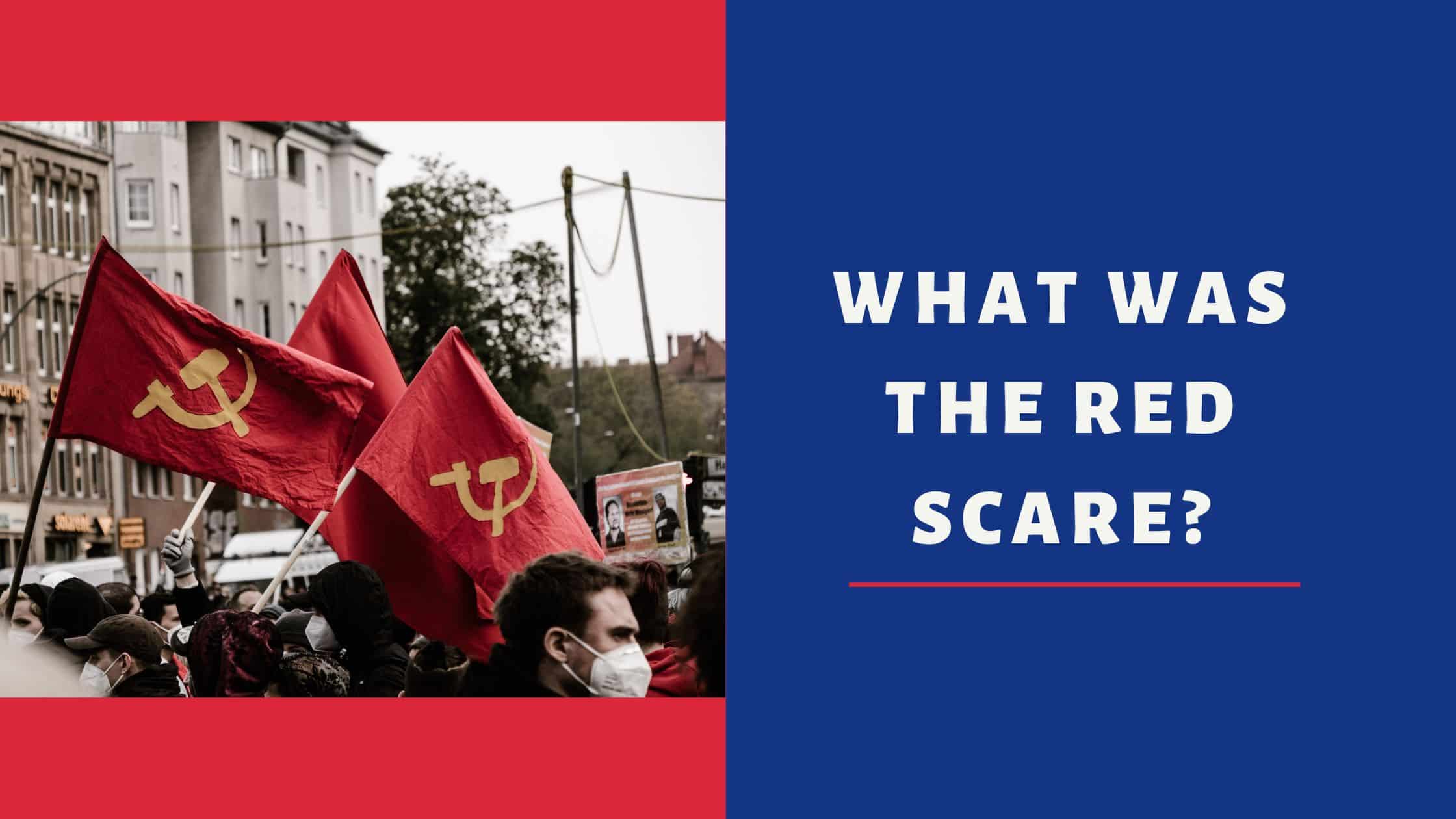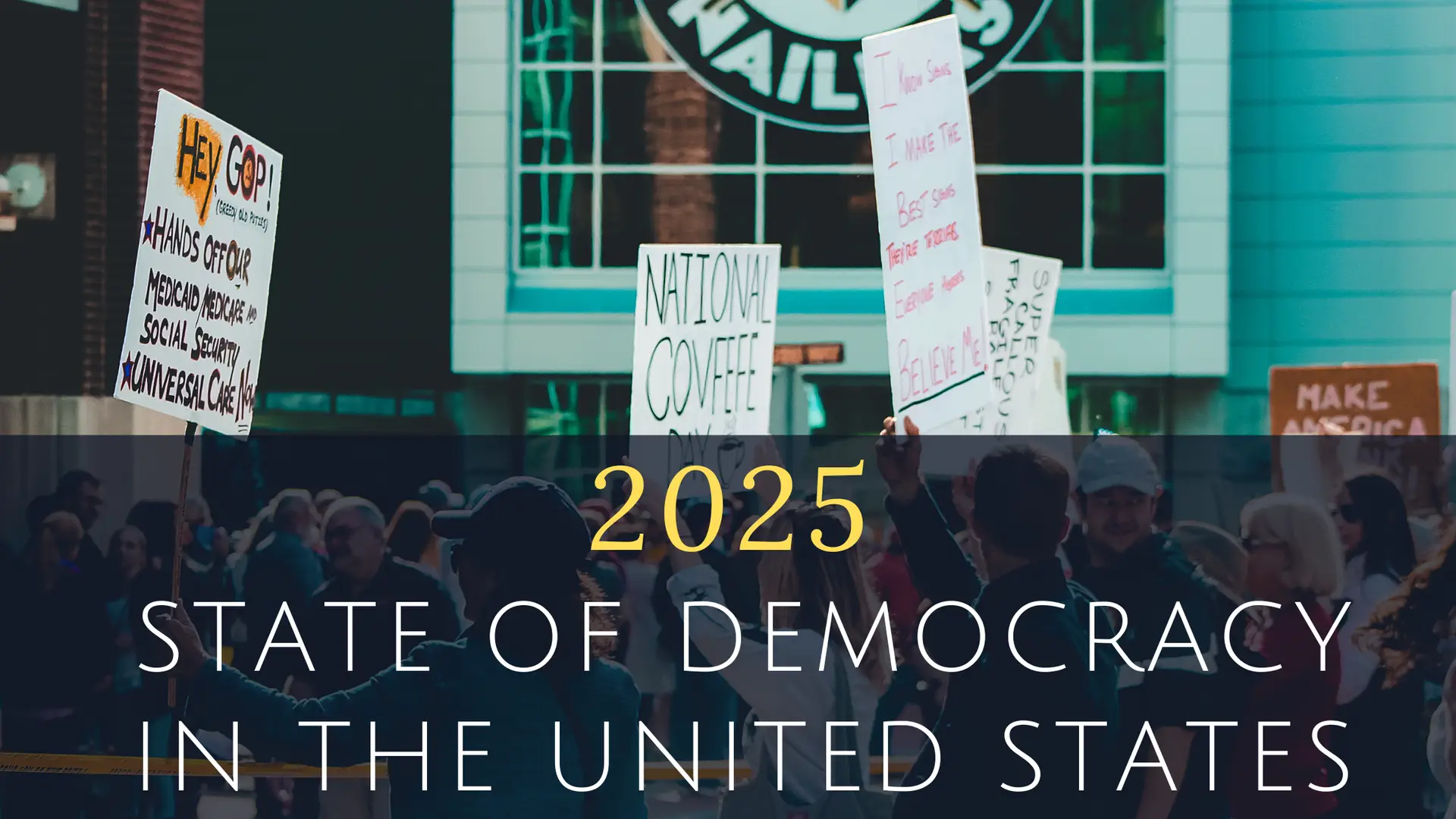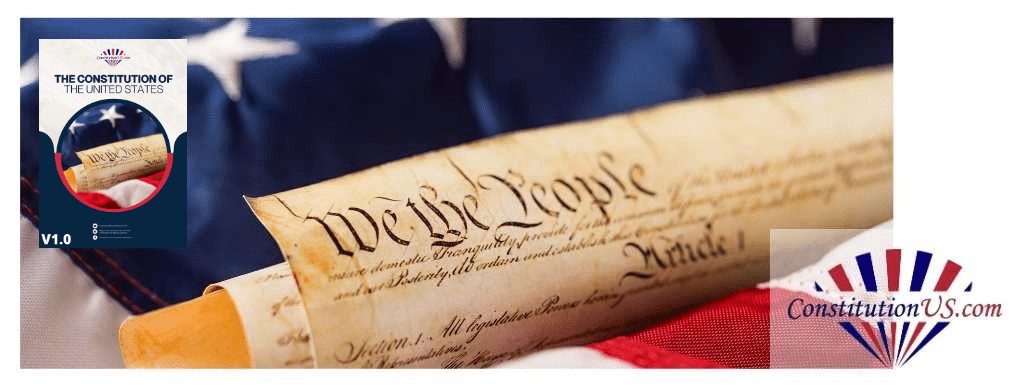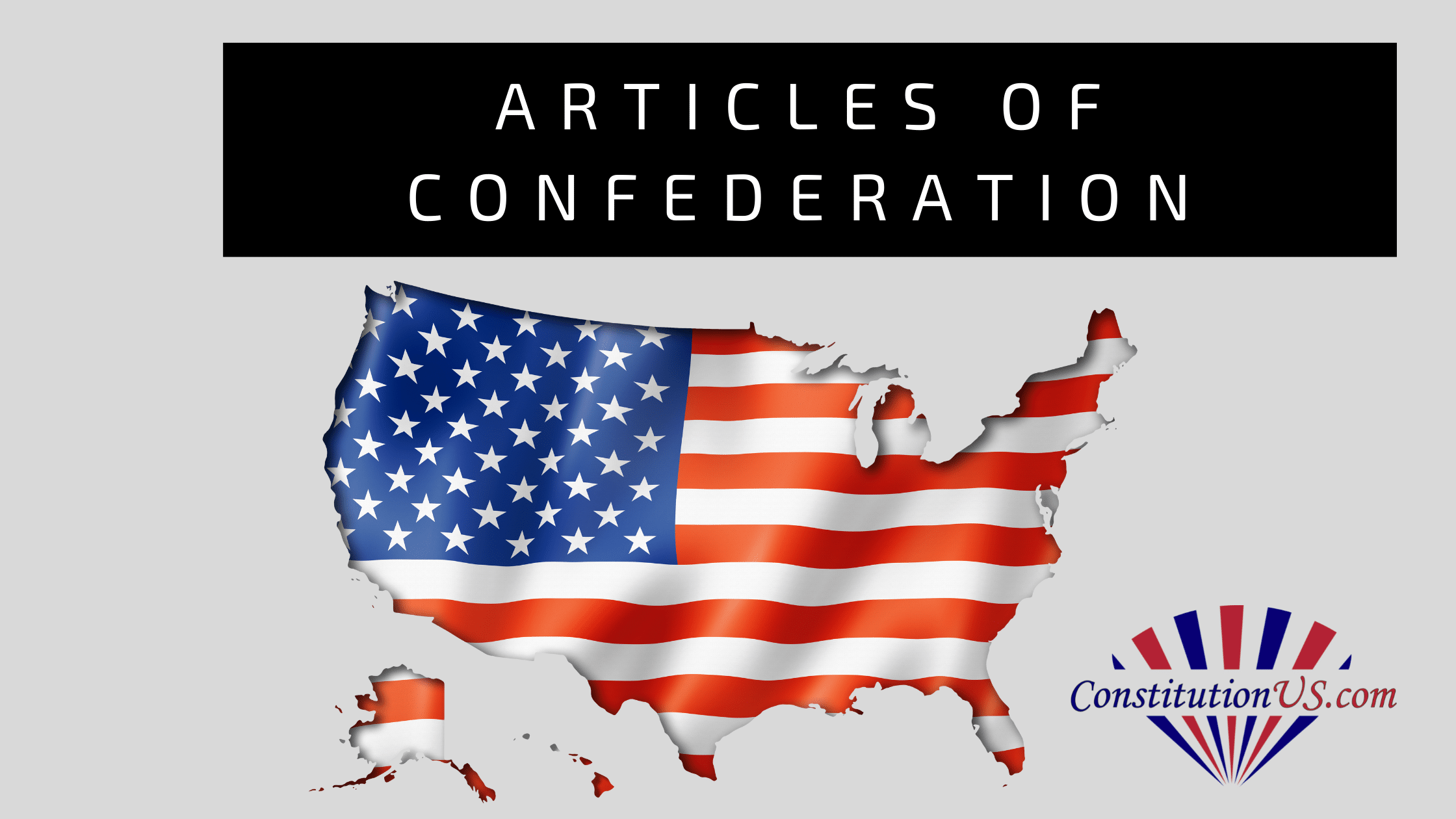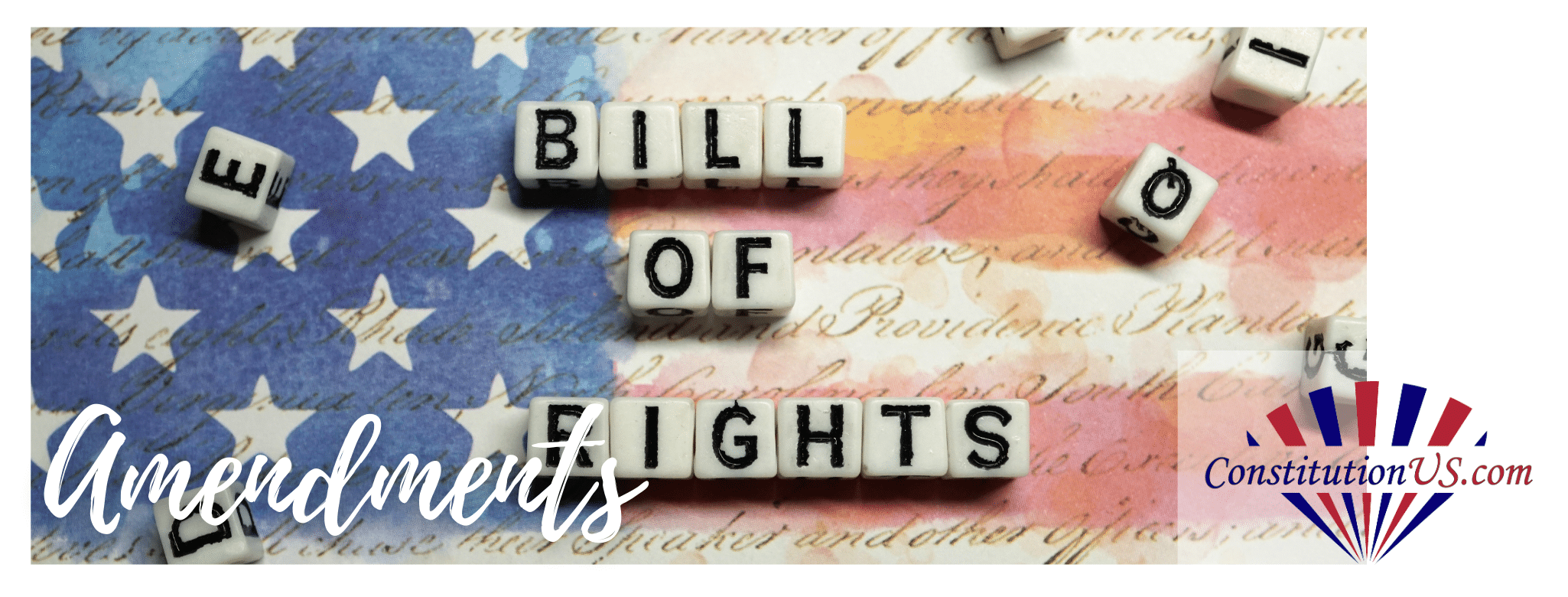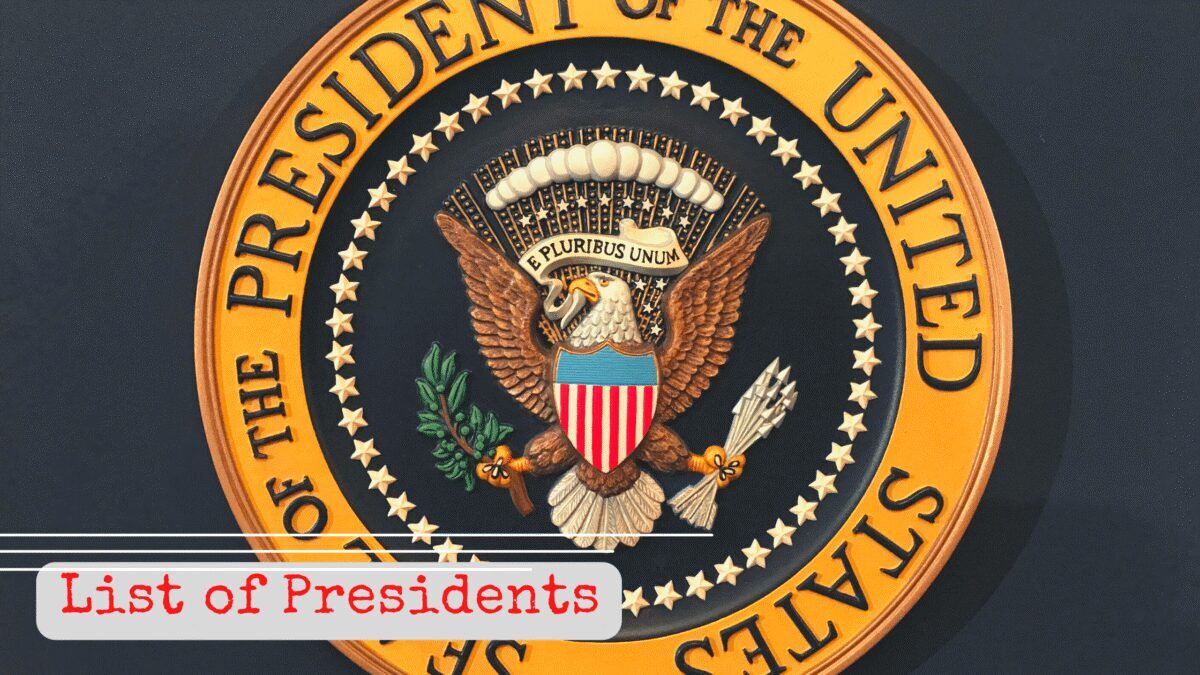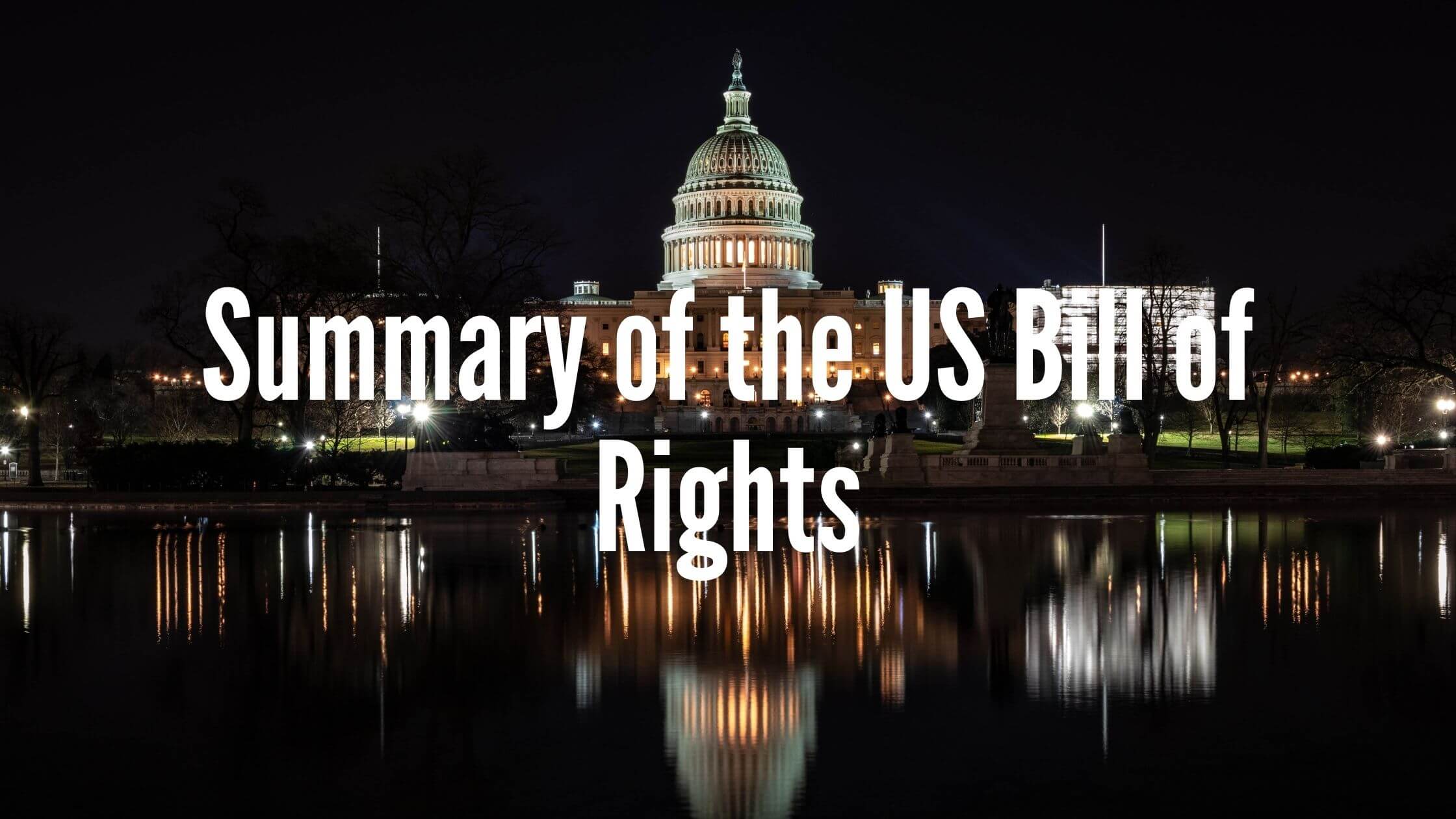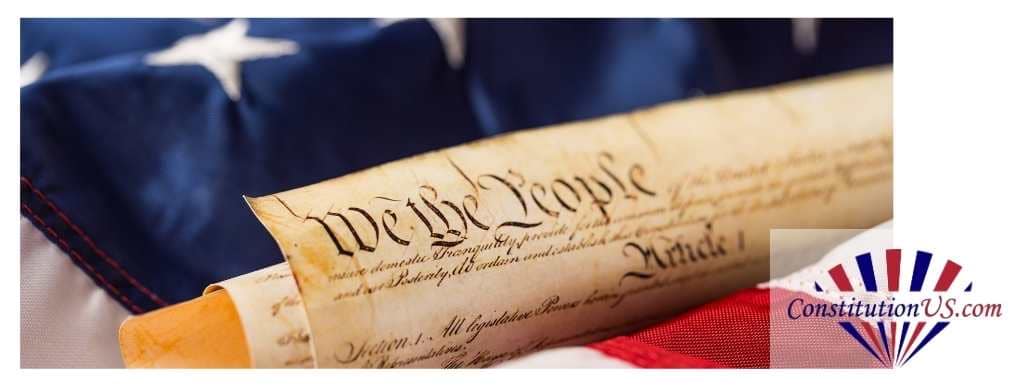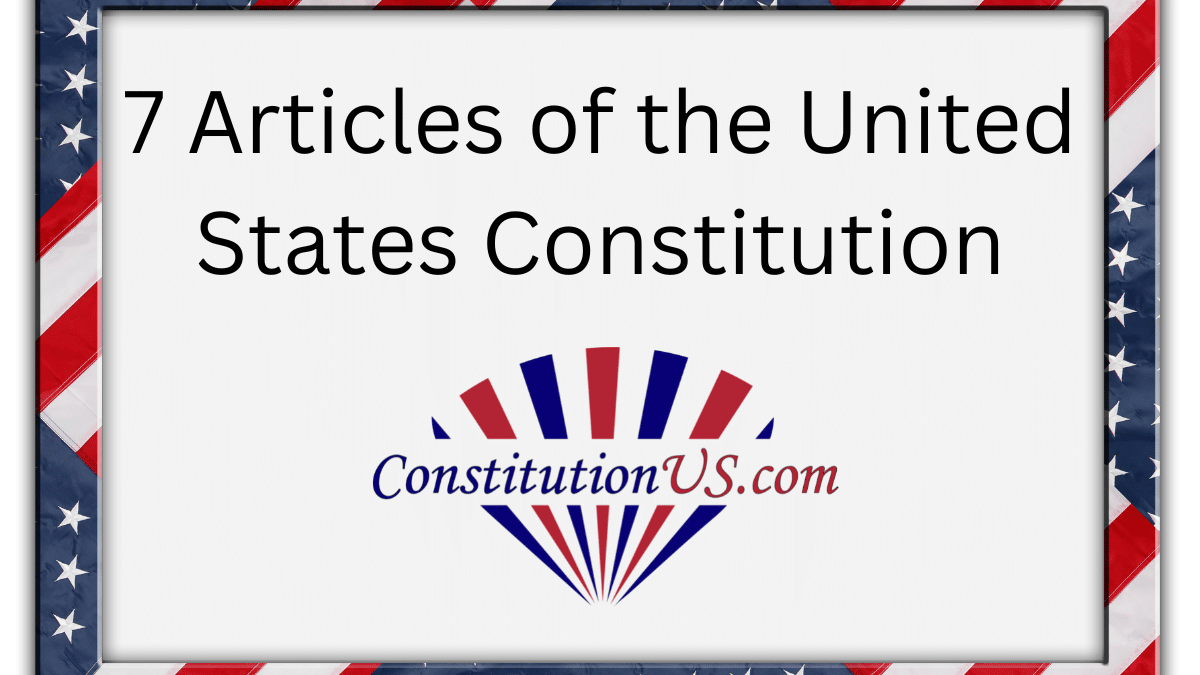Table of Contents
ToggleThe US Differs From Most of Europe
One thing that makes the United States government different from most governments in Europe is the lack of a parliamentary system. What is a parliamentary government, and how is it different from the American one? Does the United States gain anything by not using a parliamentary system?
Parliamentary Systems Have Prime Ministers, not Presidents
A prime minister and a president are not different words for the same thing. While both lead states, they attain power differently and use it differently. For example, while a prime minister can write laws, ordinarily, a president cannot do this.
Not every state that has a president is democratic. The leaders of many dictatorships are called presidents. Some prime ministers also rule over states that do not have free elections.
Presidents are Elected Directly, but Prime Ministers Usually Aren’t
In a parliamentary government, people usually vote for political parties, not individuals. After a party wins the majority of the seats in an election, it is up to the winning political party to choose a prime minister. This is only generally valid – many countries are exceptions to these rules.
Voters elect presidents (either by popular vote or by electoral college), but legislators usually elect prime ministers.
Political parties also choose which party members serve on the government and have any political power. Some states also have chancellors similar to prime ministers and different from presidents.
Britain and Some Other Countries are Different
Not every parliamentary system is the same. In the UK, for example, a politician must first win a seat in parliament before they can run for prime minister.
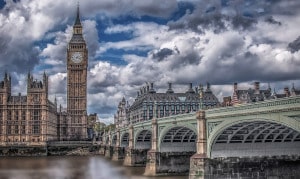
They must win a local election, similar to winning a local election in the United States. If a party wins the majority of seats in the British parliament, the Queen appoints their leader to become Prime Minister.
If no party wins a majority, two parties can agree to work together in a coalition to have a majority government. The House of Commons can easily remove a prime minister from power, but many serve for much longer than American presidents are allowed to.
Political Parties Function Differently in Parliamentary Systems
In the United States, power is held by individual representatives, not by political parties. An American votes for a representative from their riding, not a political party. In many parts of Europe, a ballot lists the names of parties, not the names of representatives.
When a party wins in a parliamentary system, the party selects members to serve in the government. This is different from the American system, where people elect representatives directly.
Seniority in Your Party Matters More in a Parliamentary System
The party does not choose which of its members become representatives in the United States. If someone with a lot of status in their political party loses an election in their riding, they do not get a seat in the legislature.
Because of this, a person’s seniority in their political party is more important in other countries. People vote for which party should have the most seats, and then the party decides which members get them. In the United States, you have to win local elections, so some of the most senior and important members of a party might not have any seats in the government.
Differences Between the Two Systems
Since each country has a unique government structure, not every parliament works the same way. However, most parliamentary systems have things in common that make them different from presidential systems.
The Executive Branch
There is usually no actual executive branch with any power in a presidential government. Instead, the president controls the entire executive branch themselves.
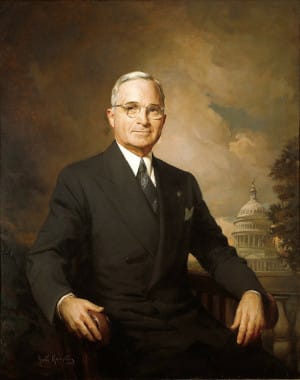
While a president may have a vice president and a cabinet to help them make decisions, they have the final say in all executive decisions. Under a parliamentary system, the executive branch members have real power to make decisions. In a presidential system, they can only advise the president.
Under a presidential system, the legislature has some of the powers, and the president has some of the powers. They use their powers independently of each other. Again, the specific rules of different presidential and parliamentary democracies are not always the same.
The President’s Powers
Some of the powers and responsibilities the president has in the United States are:
- Veto bills that congress passes, but the president disagrees with
- Meet with and negotiate with foreign countries
- Sign legislation to make it law
- Execute and enforce laws
The prime minister does not usually have these executive powers in a parliamentary system. Instead, the parliament has an executive branch, which has these powers. There may also be a monarch or a president with some of these powers in a parliamentary system.
The Legislative Branch
In the United States and other presidential democracies, the legislative branch will write laws, and the president will approve of or sometimes veto them. In a parliamentary system, the government’s executive branch will support or reject laws instead of the president doing this.
One power that a prime minister has but a president does not is writing laws themselves. A president might recommend that legislators write laws, but only the legislators have the power to write them.
Upper and Lower Houses
Some parliamentary governments also split the legislative branch into lower and upper houses. The ruling political parties may choose the upper house, while the lower house may be elected directly by the people.
Members of the upper house are often chosen for their achievements. The lower house usually writes laws, and the upper house must approve of them. In the United States, the Senate is similar to an upper house in a parliamentary system.
For a bill to pass in a parliamentary government, the following steps occur:
- The prime minister writes a law
- The lower house votes for the law
- The upper house votes for the law (if there is an upper house)
- The executive branch, president, or monarch does not veto it
The Judicial Branch
In the United States, the president nominates a federal judge, which the Senate must confirm. Some parliamentary governments are similar, others are different.
The judicial branch of a presidential government is not necessarily different from a parliamentary one. Both systems try to keep the powers of the judicial branch separate from the powers of other branches.
Prime Ministers are Easy to Remove From Power
In the United States, a president can only serve for two terms. However, they are not easy to remove from power halfway through a term. They must be first impeached and then convicted, which is not a simple thing to do.
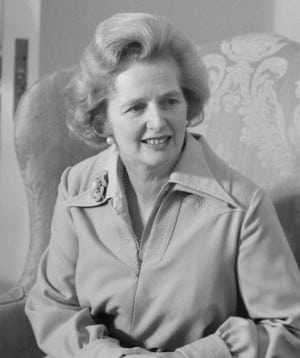
A prime minister can easily be removed from power halfway through a term in many countries. The parliament must simply use a no-confidence vote to remove them.
On another level, a prime minister can sometimes remain in power for an unlimited number of terms or more than two terms. In Canada, there is no term limit. A prime minister can serve for an unlimited number of terms, sometimes 15 years continuously or more than 20 years in total.
Head of Government vs Head of State
In a parliamentary system, the head of government (prime minister) is separate from the head of state (monarch or president). In a presidential system, the president is both the head of state and the head of government.
Are Representatives Allowed to “Betray” Their Parties Under Parliamentary Systems?
Sometimes, elected representatives decide they disagree with their party while in office and start casting votes for the other party on some or all issues. In the United States, this is allowed, even though it is uncommon.
Can an elected official turn on their party halfway through their term under a parliamentary system? Does it matter that they got their seat from their party and not from winning an election in their area?
In most countries, you are allowed to vote against your political party’s interests, whether under a parliamentary or presidential system. However, some countries do not allow this – in India, Pakistan, and Bangladesh, your political party, can expel you out if you vote against them. Canada, Britain, and Australia allow any representative to leave their party and switch to another.
Westminster System vs Consensus System
The Westminster system is commonly found in parliamentary countries that were formerly British colonies. Debates in parliament are supposed to be adversarial, and you are supposed to win an argument rather than work together towards a common goal.
The consensus system has more consensual debates in parliament and is common in Western Europe rather than the British Commonwealth. The countries with consensus systems are more likely to use proportional representation than countries under the Westminister system.

Get Smarter on US News, History, and the Constitution
Join the thousands of fellow patriots who rely on our 5-minute newsletter to stay informed on the key events and trends that shaped our nation's past and continue to shape its present.
Differences in How the Head of State is Elected
Different countries with parliaments choose a head of state in different ways. Usually, it is not the same as how a president is elected. The people do not directly elect a president by popular vote.
Selection by a Monarch
Countries that still have monarchs usually have prime ministers and not presidents. One role a monarch might still play today is selecting a prime minister. The monarchs pick a prime minister that will probably have majority support in parliament.
Canada, the United Kingdom, Australia, and New Zealand still use this system. In practice, monarchs pick the leader of the largest political party, but they have the power to choose a different prime minister.
Nomination by a Monarch or other Head of State
A monarch might also nominate a candidate that the parliament must approve of before they become prime minister. In Spain, the monarch nominates a potential prime minister that the parliament can approve of or reject.
In Germany, where there is both a president and a prime minister and parliament, the president nominates a candidate. In Japan, where the monarch is only symbolic, the emperor is required under the constitution to appoint a prime minister that the parliament nominates.
Nomination By Someone Other than a Head of State
A public office holder who is not a monarch might also nominate a candidate the parliament votes to approve. In Sweden, the speaker of parliament rather than the monarch nominates a candidate.
Direct Election By the People
While parliamentary systems do not usually have people voting for a prime minister directly, a few do. In Israel in 1996-2001, the prime minister was elected by a general election. This was a semi-parliamentary system that, in some ways, was similar to a non-parliamentary government.
Disadvantages of a Parliamentary System
Does the United States have anything to gain by not having a parliament? While parliamentary systems are sometimes supposed to prevent heads of state from having too much power, the opposite is sometimes true.
It could be argued that Margaret Thatcher in Britain had gained too much power, and Victor Orban in Hungary may be too powerful. If a party with a prime minister has a large enough majority, there can be too few checks on their power.
In a presidential system, a legislator also represents a local area and can vote for its interests. This way, they can refuse to vote for legislation that is bad for their local area.
Britain uses a similar system – voters elect local MPs. However, certain parliamentary systems are not like the British system. This makes it harder for legislators in many governments to consider local issues.
